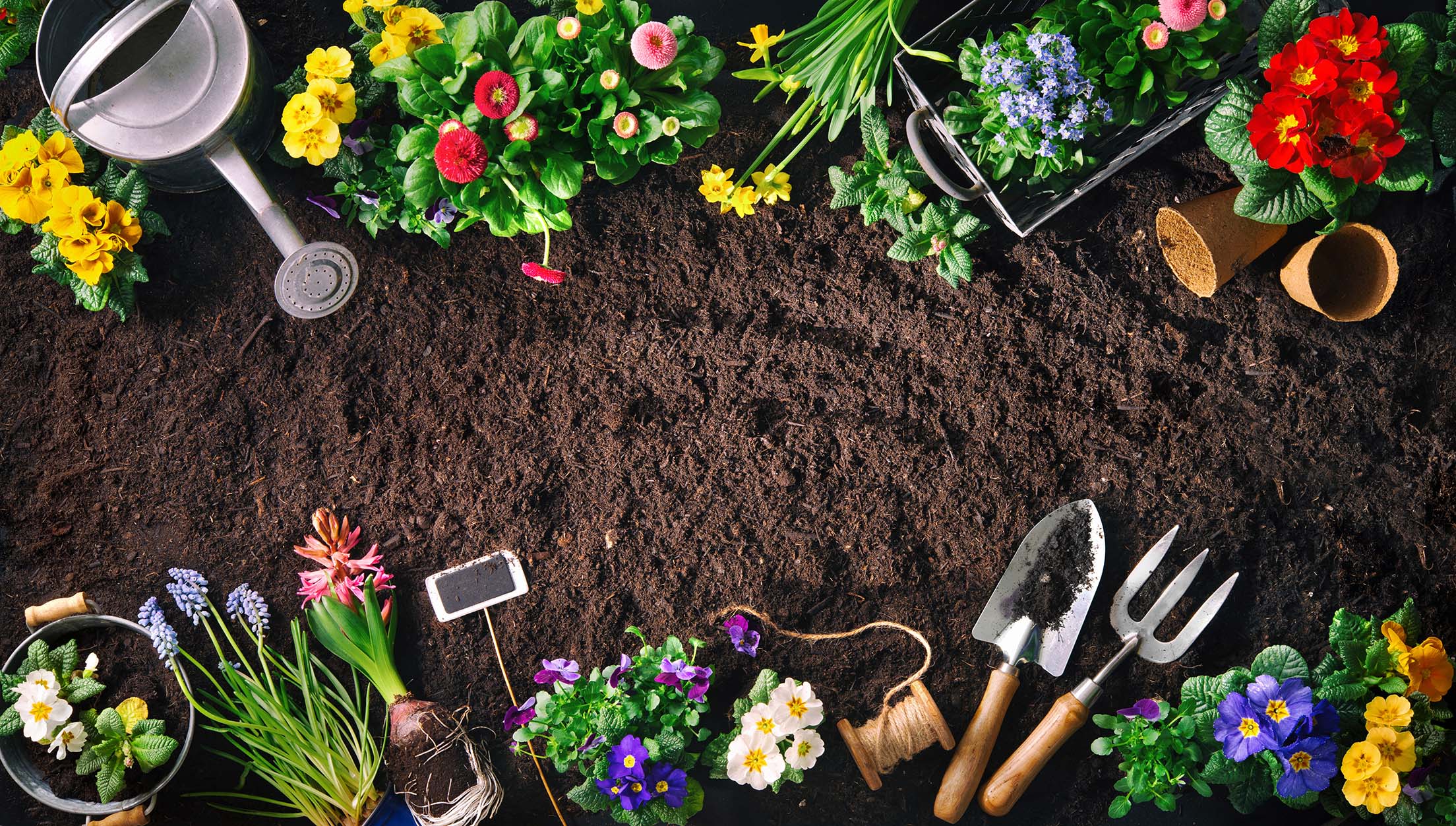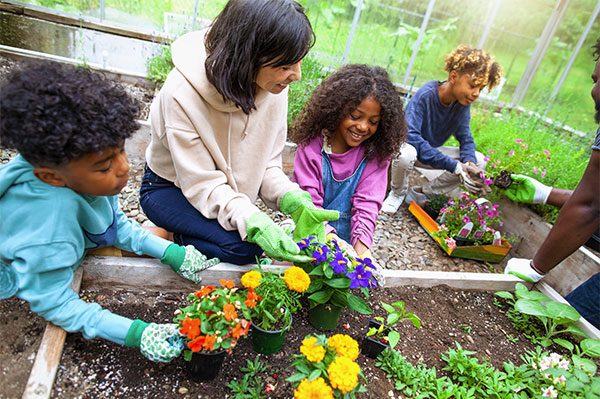Professional Gardening Tips for Producing a Sustainable and Eco-Friendly Yard
Embarking on the trip to create a lasting and environment-friendly yard involves a collection of calculated selections and practices that not only boost the elegance of your room yet likewise contribute positively to the setting. To discover even more practical approaches and experienced insights, let us explore the vital elements that specify an environmentally aware yard.
Pick Indigenous Plants
Picking native plants for your garden is an essential step towards accomplishing sustainability. Native plants are inherently adapted to the regional environment and dirt conditions, making them much more resistant to regional parasites and diseases. This lowers the demand for chemical pesticides and plant foods, thus decreasing ecological influence. In addition, indigenous plants generally require less water when developed, contributing to much more reliable water usage.
Beyond their functional advantages, native plants play an essential function in sustaining local biodiversity. They supply necessary environment and food resources for native wild animals, consisting of pollinators such as butterflies, , and birds. This cultivates a balanced community, which is important for the wellness of your yard and the surrounding atmosphere.

Implement Water Preservation
Implementing water conservation techniques is necessary for keeping a lasting garden. Effective water usage not only reduces the environmental effect yet additionally makes certain that plants get appropriate hydration without wastage.
Furthermore, mulching is a valuable method for conserving water. By using a layer of natural compost, such as timber chips or straw, around the base of plants, gardeners can lessen soil evaporation and preserve consistent dampness levels. Mulch also helps manage soil temperature and suppresses weed development, further contributing to plant health and wellness.
Rain harvesting is an additional lasting technique. Installing rainfall barrels or other collection systems allows gardeners to save and record rainwater, which can later on be utilized during dry periods. This not only conserves community water but also offers a natural, chemical-free resource for irrigation.
Finally, picking drought-tolerant plant species can dramatically decrease water demands. These plants are adjusted to prosper in low-water conditions, making them optimal for environment-friendly gardens. gardening tips. Executing these water preservation methods will cultivate a durable, lasting yard
Use Organic Horticulture Approaches

Pest management in a natural yard depends on integrated bug monitoring (IPM) strategies. These consist of motivating helpful bugs, using all-natural killers like lacewings and ladybugs, and executing plant rotation to interfere with pest life process. Companion planting, where particular plants are grown with each other to push back insects or bring in beneficial bugs, is one more efficient method.
Weed control is managed through mulching and hand-operated elimination, as opposed to counting on herbicides. Compost not just reduces weeds but likewise conserves wetness and boosts soil health as it damages down. Organic composts, such as straw, timber chips, and leaves, are specifically advantageous.
Produce Wild Animals Environments
Creating wild animals environments within your garden not only boosts biodiversity yet also supports the ecological community's balance. Deliberately spaces that draw in and sustain regional fauna, you can create a growing micro-ecosystem that profits both pets and plants. Beginning by incorporating indigenous plants, as these are fit to your local climate and offer important food and shelter for wild click here to read animals. Indigenous plants supports a variety of bugs, birds, and small animals, contributing to the environmental network.
Think about including a water attribute, such as a pond or birdbath, to offer a consistent water source. Water elements draw in a range of varieties, from amphibians to pollinators, boosting the garden's vigor. Furthermore, installing birdhouses, bat boxes, and insect resorts offers safe nesting sites and encourages biodiversity.
Leave some areas of your garden undisturbed, allowing leaf trash and fallen branches to collect. By prioritizing these sustainable practices, your garden can end up being a shelter for neighborhood wildlife, promoting eco-friendly wellness and sustainability.
Practice Composting and Mulching
A key aspect of lasting gardening, composting and mulching, substantially improves dirt wellness and reduces waste. Unlike artificial plant foods, compost enriches the soil with valuable microorganisms and important nutrients, cultivating a much healthier garden ecological community.
Mulching, on navigate to this website the various other hand, entails covering the soil surface area with natural or inorganic products, such as straw, wood chips, or shredded fallen leaves. This technique offers several advantages: it preserves soil dampness, subdues weed growth, my link and moderates dirt temperature level. Mulch additionally gradually breaks down, adding raw material to the soil and more boosting its fertility.
To exercise reliable composting, ensure your garden compost stack has an equilibrium of green products (abundant in nitrogen) and brownish products (rich in carbon), preserving ample oygenation and wetness. gardening tips. Routinely transforming the heap accelerates decomposition. For mulching, use a 2-3 inch layer around plants, guaranteeing it does not directly contact stems or trunks to avoid rot
Verdict

Picking native plants for your yard is an essential step towards achieving sustainability.Furthermore, integrating indigenous plants can enhance the aesthetic allure of your garden. These plants are adapted to thrive in low-water conditions, making them perfect for environment-friendly gardens. Executing these water preservation approaches will cultivate a resilient, lasting yard.
In verdict, developing a eco-friendly and lasting yard entails the tactical selection of native plants, the fostering of water conservation techniques, and the implementation of organic gardening methods.